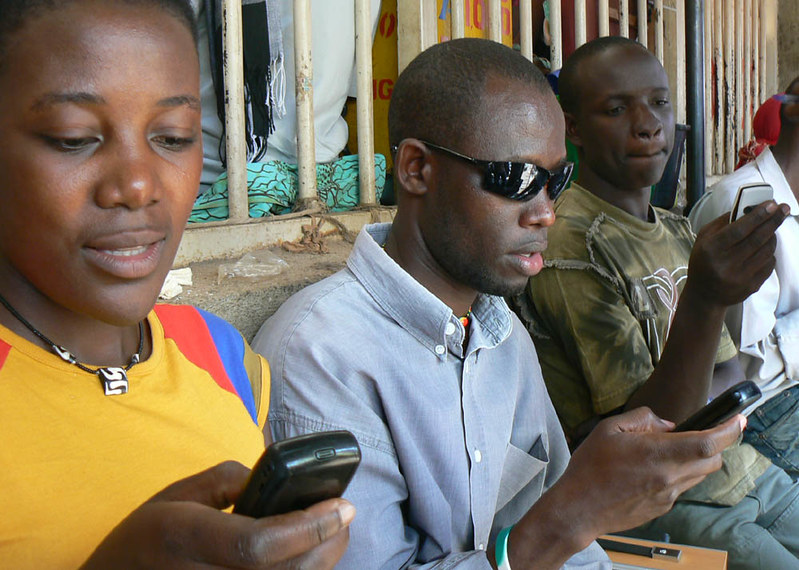The first three pilots under the AgResults initiative announced at the G20 meeting in Los Cabos, Mexico, last year are about to become operational. This initiative, with support from Australia, Canada, the UK, US, and the Bill & Melinda Gates Foundation, aims to use results-based aid – in the form of “pull mechanisms,” – to spur innovation and technology adoption to promote agricultural development and food security. The use of pull mechanisms is part of a broader effort by donors to make aid more efficient and effective by using incentive-based approaches that pay ex post for results, rather than ex ante for inputs.
The pull mechanisms that donors are testing with the AgResults initiative have two additional features that set them apart from other incentives-based approaches:
- They are focused on missing technologies and the markets failures that prevent the development or adoption of technologies that could improve lives.
- They aim to engage the private sector and, ideally, to create sustainable markets.
The goal is to create or bolster demand for innovation in order to unleash the creativity and the resources of the private sector in responding to that demand. They can take the form of various types of prizes, patent buyouts, or advance market commitments, such as the one for pneumococcal vaccines.
Since I have been writing about and following the development of pull mechanisms and the AgResults initiative for a few years, I was thrilled to see concrete projects being launched and eager to learn how they – and the initiative more broadly – is progressing. So I recently hosted a CGD discussion with some of those involved to get an update. The panelists—who included officials from two donor governments and the World Bank (expressing their own opinions and not necessarily those of their institutions)— provided insight on where things stand for the AgResults initiative, challenges in getting the pilots up and running, and where the donors hope to take the initiative in the future.
Where things stand: The three pilots announced in Los Cabos were selected after a year-long process of consultation with four thematic groups of experts—on inputs and increasing yields, postharvest management, livestock, and nutrition—overseen by an expert advisory group that narrowed the list of candidates. The donor steering committee then made the final call on the first round of pilots (from the launch press release):
- Incentivizing the adoption of on-farm storage technology for smallholder farmers [Kenya];
- Encouraging innovative distribution of a breakthrough technology to reduce aflatoxin contamination [in maize in Nigeria]; and
- Building a market for new vitamin A-enhanced varieties of maize [Zambia].
The World Bank, which is serving as acting secretariat for the initiative, is selecting an organization to take over as the permanent secretariat. Implementation of the pilots is set to begin shortly after that.
Challenges: Among the challenges mentioned by the panelists, two stand out. First, while everyone agrees that innovation will be necessary to meet the challenge of ensuring food security in coming decades, many agricultural and food technologies are sitting on the shelf because of market failures that impede adoption. Convincing millions of risk-averse smallholder farmers to spend scarce resources on a new technology (or consumers to eat bright orange maize) is not easy. For that reason, the first round of pilots is mostly focused on encouraging the dissemination of existing technologies. A second challenge was finding potential private sector partners with sufficient expertise and access to capital. If successful, the pilots could be scaled up and have significant benefits for many people, but they are starting out small.
What’s next: One of the panelists declared that the goal for the next round of pilots is to find a “game changer.” Among the ideas that were considered but not pursued in the initial round was a more efficient type of fertilizer that would boost yields while cutting water pollution and greenhouse gas emissions. Also to come are rigorous impact evaluations of the first three pilots so donors can learn what works and what doesn’t. The donors expect to fail with some of the pilots under this initiative: that is exactly the right attitude, as long as they learn from it.
To learn more, check out the event video and my new brief on innovating for food security and smallholder livelihoods that summarizes two of my earlier working papers on the topic.
During preparation of the first of those working papers, we posted a draft and solicited comments and ideas about how and where pull mechanisms could be used for agricultural innovation. We got a lot of interesting feedback, which you can find here, and the donors would love to hear from our readers again. So share your thoughts on where AgResults should go next in the comment section below. I’ll be sure they see it.
Disclaimer
CGD blog posts reflect the views of the authors, drawing on prior research and experience in their areas of expertise. CGD is a nonpartisan, independent organization and does not take institutional positions.





